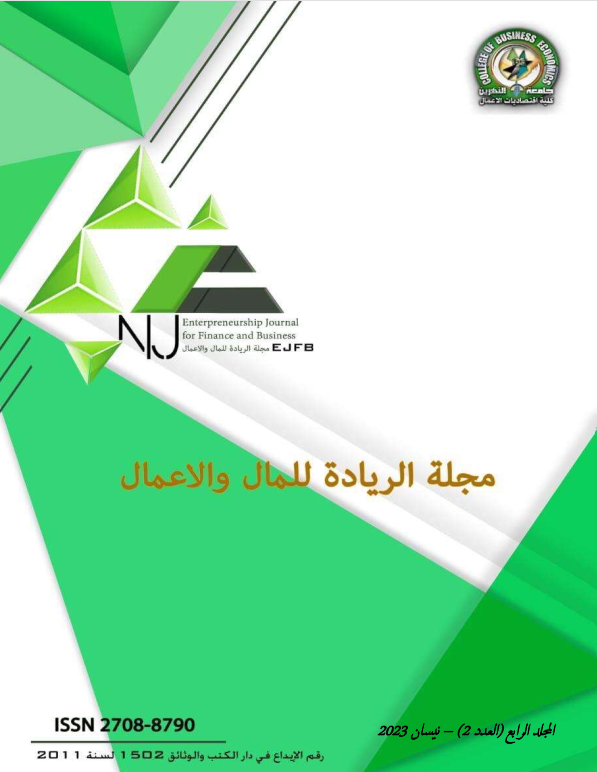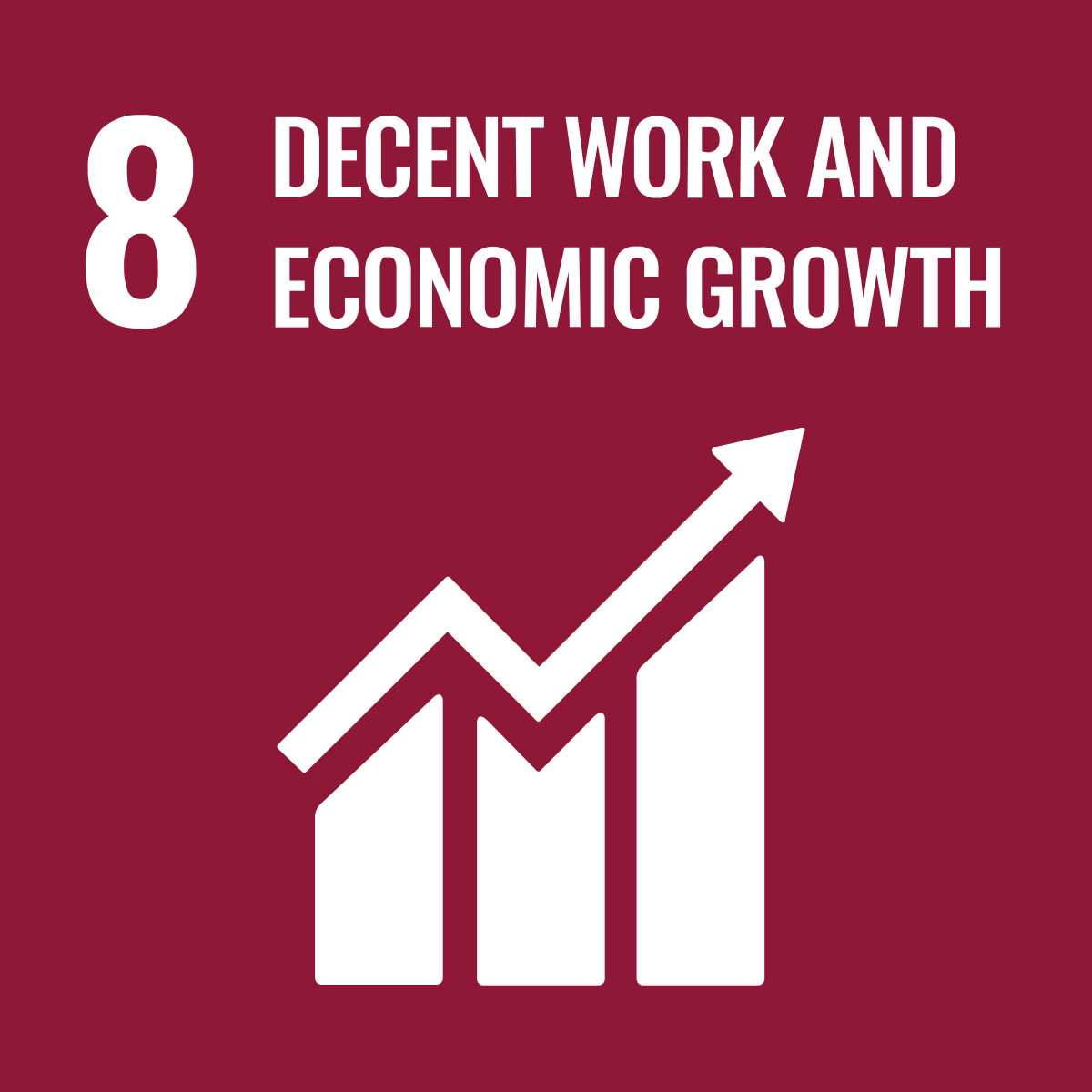The possibility of calculating the sustainable growth rate for financially distressed companies according to a proposed model
DOI:
https://doi.org/10.56967/ejfb2023266Keywords:
Financial Distress, Sustainable Growth Rate, Sustainable Growth Rate of Financial Distress, High Internal GrowthAbstract
Abstract:-
The research aims to propose a model for the sustainable growth rate for financially distressed companies. The proposed model for the sustainable growth rate is derived from the (Higgins, 1977) model for the sustainable growth rate. The research used a sample of banks listed in the Iraq Stock Exchange for the period (2010-2020), which showed The results of the practical side are that there are four banks that were in financial difficulty, (Bank Of Baghdad, Iraqi Middle East Investment Bank, National Bank Of Iraq, Credit Bank Of Iraq), and that the model of sustainable growth rate for the proposed financially distressed banks is based on the basic principle of retaining profits and not distributing them to the bank’s shareholders, and the low growth rate The sustainability of the distressed banks is reflected in the decrease in the standard deviation, and thus the decrease in the financial risk of the financially troubled banks, and the research sample banks should better invest their internal funds sources to reduce the risks of external borrowing, and thus increase their financial returns with the least possible risks, and the financially distressed banks should focus on increasing the margin Net profit and asset turnover of only.
Keyword: Financial Distressed , Sustainable Growth Rate (SGR), The rate of sustainable growth of , Retained Earnings, Financial Risk . ,( ) Financial Distressed
Downloads

Downloads
Published
How to Cite
Issue
Section
License
Copyright (c) 2023 احمد جبار كعيد

This work is licensed under a Creative Commons Attribution 4.0 International License.
This is an Open Access article distributed under the terms of the creative commons attribution (CC BY) 4.0 international license which permits unrestricted use, distribution, and reproduction in any medium or format, and to alter, transform, or build upon the material, including for commercial use, providing the original author is credited.





